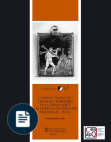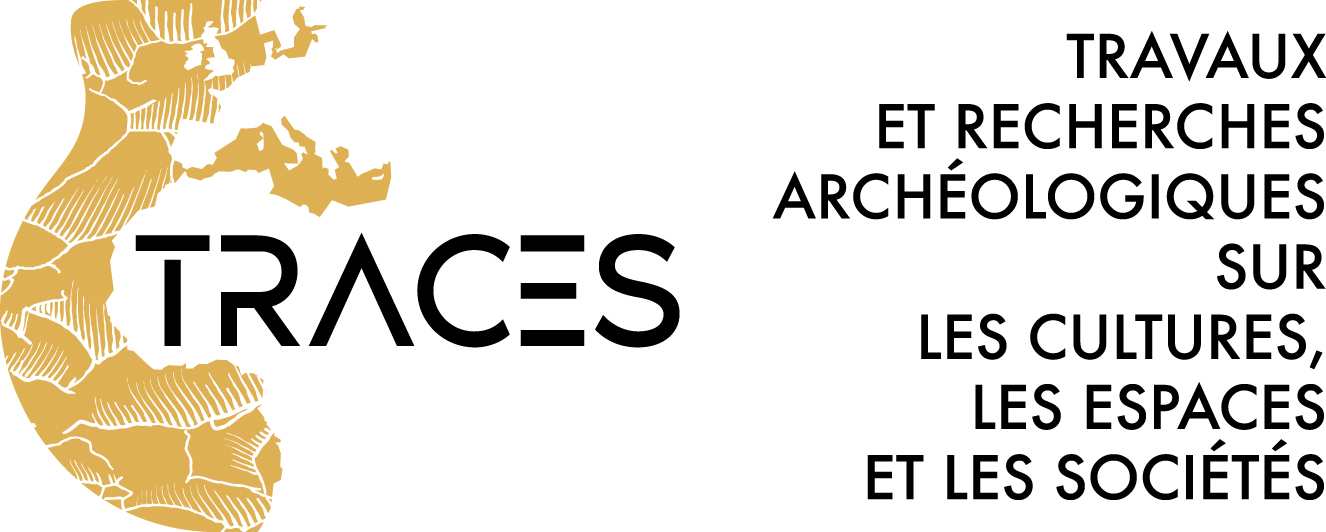-
Partager cette page
Carteia y Traducta. Ciudades y territorio en la orilla norte del estrecho de Gibraltar (siglos VII aC - III dC)
Publié le 25 janvier 2018 – Mis à jour le 20 mai 2021
le 25 janvier 2018

Carteia y Traducta. Ciudades y territorio en
la orilla norte del estrecho de Gibraltar (siglos VII aC - III dC)
Helena Jiménez Vialás
La presente obra analiza la bahía de Algeciras como un todo, es decir, la suma del medio natural y el poblamiento humano, de sus urbes y territorios, haciendo especial hincapié en las relaciones entre unos y otros. Para este recorrido diacrónico a caballo entre el primer milenio antes y después de la Era, la ciudad adquiere un sentido amplio que comprende urbe y territorio, como eje central del discurso histórico. Esta monografía aborda el paisaje natural de la bahía mediante el análisis de su configuración paleogeográfica, especialmente centrada en la evolución de la línea de costa, pero también a través de la necesaria caracterización biológica que ofrecen los estudios paleoambientales. A partir de este marco geográfico y natural, traza una síntesis de carácter general sobre los recursos y las explotaciones económicas, tanto los constatados arqueológicamente como aquéllos aprovechados en otras épocas. El núcleo central del trabajo consiste en el análisis del horizonte urbano de época fenicia a época imperial, abordando la caracterización de los diferentes modelos territoriales articulados en torno a los núcleos de población, en especial Carteia, pero también Traducta y la menos conocida Barbesula. El volumen incluye, además, un catálogo de yacimientos y hallazgos aislados de la bahía de Algeciras.
This book analyzes the Bay of Algeciras (also known as Bay of Gibraltar) in Antiquity from a holistic perspective, taking into account both natural and cultural aspects, in order to approach the landscapes that defined the emergence and evolution of urban life forms. This bay in the southernmost part of the Iberian Peninsula was marked by the proximity of the mountains to the coast, extraordinary port conditions facing the Straits of Gibraltar, and, from the symbolic point of view, the prominent presence of one the Pillars of Hercules: the Rock of Gibraltar (ancient Calpe). In this journey between the 7th century BC and the 3rd century AD, the city acquires a broad sense that includes communities and territory, and involves both colonists (Phoenician, Carthaginians?, Romans) and local people. The two cities in the Bay had different backgrounds with colonial implications in both cases: Carteia had its origins in the early Phoenician settlement(s) while Traducta would be a colonial foundation of Augustus. Which were the differences between Phoenician and Roman colonizations? Which evidences define the evolution from “pre-urban” settlements to cities? Which ones talk us about interaction between Phoenicians and local communities? Which were the changes in Carteia when it acquired the status of Italic colony? Which ones when Traducta was founded? Answers lie in the landscape... The volume also includes a catalog of archaeological sites of the Bay of Algeciras.
Col·lecció Instrumenta, 2017
Matèria: Arqueologia
Format: 21 x 29,7
Pàgines: 456
ISBN: 978-84-9168-042-0
Data d'edició: 2017
http://www.publicacions.ub.edu/ficha.aspx?cod=08776
This book analyzes the Bay of Algeciras (also known as Bay of Gibraltar) in Antiquity from a holistic perspective, taking into account both natural and cultural aspects, in order to approach the landscapes that defined the emergence and evolution of urban life forms. This bay in the southernmost part of the Iberian Peninsula was marked by the proximity of the mountains to the coast, extraordinary port conditions facing the Straits of Gibraltar, and, from the symbolic point of view, the prominent presence of one the Pillars of Hercules: the Rock of Gibraltar (ancient Calpe). In this journey between the 7th century BC and the 3rd century AD, the city acquires a broad sense that includes communities and territory, and involves both colonists (Phoenician, Carthaginians?, Romans) and local people. The two cities in the Bay had different backgrounds with colonial implications in both cases: Carteia had its origins in the early Phoenician settlement(s) while Traducta would be a colonial foundation of Augustus. Which were the differences between Phoenician and Roman colonizations? Which evidences define the evolution from “pre-urban” settlements to cities? Which ones talk us about interaction between Phoenicians and local communities? Which were the changes in Carteia when it acquired the status of Italic colony? Which ones when Traducta was founded? Answers lie in the landscape... The volume also includes a catalog of archaeological sites of the Bay of Algeciras.
Col·lecció Instrumenta, 2017
Matèria: Arqueologia
Format: 21 x 29,7
Pàgines: 456
ISBN: 978-84-9168-042-0
Data d'edició: 2017
http://www.publicacions.ub.edu/ficha.aspx?cod=08776






